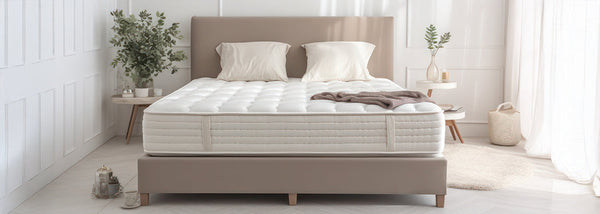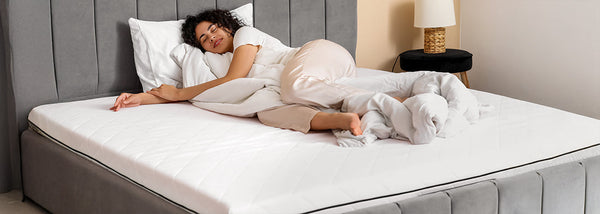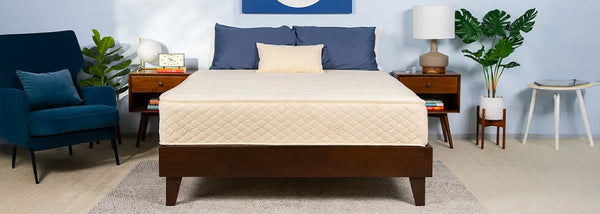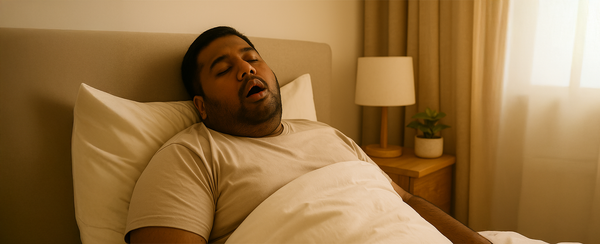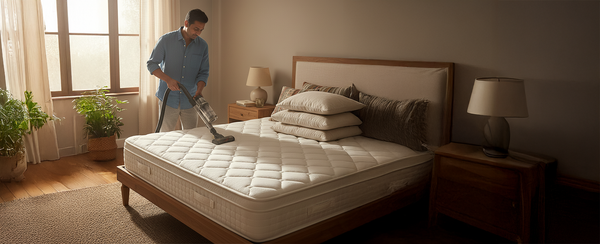How Your Favourite Old Mattress Is Secretly Sabotaging Your Health
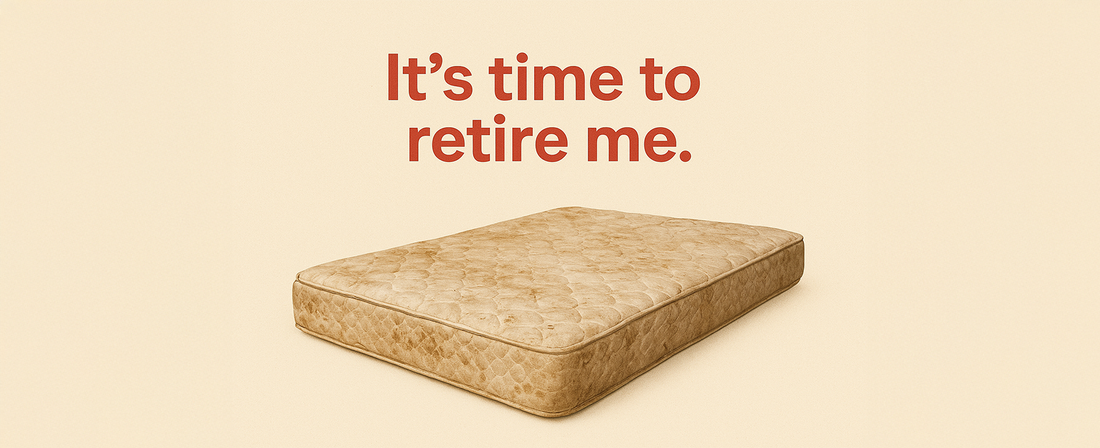
Table of Contents
Old Is Not Always Gold
How Decline Creeps In
The Mental and Emotional Fallout
Signs It’s Time to Say Goodbye
Replace Don’t Repair
FAQs
We spend nearly one-third of our lives on a mattress, trusting it to restore energy and carry us into the next day. Yet the same mattress, if neglected, can quietly sabotage your health. Unlike a broken chair or a leaky tap, its decline is subtle. You might blame fatigue on stress or diet, when in fact the culprit lies under your sheets — an ageing mattress past its prime.
Old Is Not Always Gold
It’s so easy to think of a mattress as a piece of furniture. Yet, it’s not. It’s really a health device that has one job: to hold your spine in neutral alignment so your muscles can rest, and your body can slip into deep, restorative sleep. When foam compresses or springs lose tension, that support vanishes. You keep waking with a stiff neck, sore back, or nagging fatigue that no coffee can fix.
How Decline Creeps In
Over years of use, mattresses often experience the following:
- Sagging: As material like foam and springs age, they’re no longer able to support you properly. Old mattresses dip at pressure points, causing your body to fight to stay aligned, leading to fragmented sleep.
- Creaks and groans: Like old joints, old springs and mattresses squeak, often interrupting deep sleep and leaving you tired and irritable in the morning.
- No bounce: Older mattresses lose their ability to absorb movement, causing partner disturbance and poor sleep quality.
- Allergens on Overdrive: Mattresses collect sweat, dead skin, and dust — a breeding ground for dust mites that aggravate asthma and allergies.
- Chronic Pain: Without support, your body twists into awkward positions. Studies show a 48% drop in back pain and 55% better sleep after switching to supportive mattresses.
- Weakened Defences: Poor sleep raises stress hormones, inflammation, and lowers immunity, making you vulnerable to illness and fatigue.

The Mental and Emotional Fallout
Sleeplessness doesn’t just hurt the body — it reshapes the mind. Irritability, anxiety, and short tempers rise when rest is poor. Memory, focus, and decision-making also falter after weeks of disrupted nights. Over time, productivity dips and life starts feeling like a constant uphill climb.

Signs It’s Time to Say Goodbye
Think of your mattress as having a shelf life of about 7–10 years. In India, the replacement cycle was historically 10–12 years, but younger buyers now replace mattresses faster — averaging 7.7 years in 2022.
When is it time to break up?
- You wake up sore or stiff but feel better as the day goes on.
- Visible sagging or lumps remain even after you get up.
- Allergy flare-ups or musty smells at night.
- Persistent squeaks or groans with movement.
Replace Don’t Repair
Mattress toppers or quick fixes only mask the problem. If the transition layer has collapsed, replacement is the only real solution. While mattresses vary in cost, the payoff is huge — a good mattress safeguards your back, mood, and immunity every single night for years. A ₹14,000 mattress is cheaper than a weekend getaway but far more valuable for your health.

Replacing your mattress isn’t an indulgence, it’s maintenance for your body and mind. A fresh, supportive mattress restores energy, lifts mood, and protects long-term health.
If your mornings begin with aches or you can’t recall when you bought your mattress, the answer is clear. Don’t wait until the damage shows elsewhere — upgrade your mattress and experience the difference.





